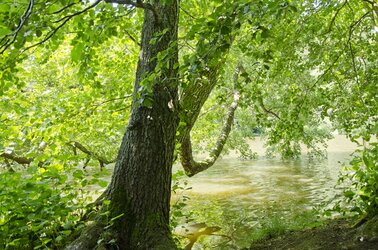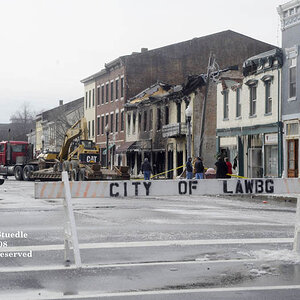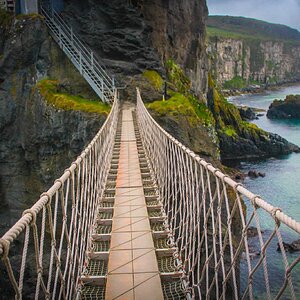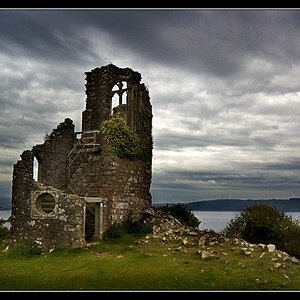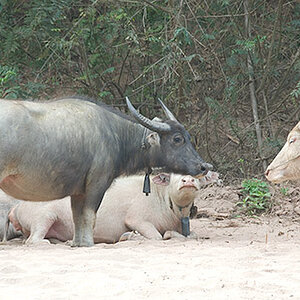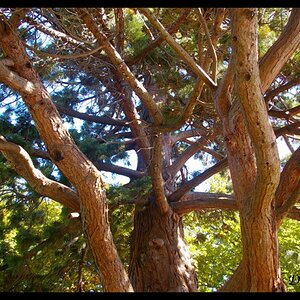echoyjeff222
No longer a newbie, moving up!
- Joined
- Jun 27, 2010
- Messages
- 643
- Reaction score
- 140
- Location
- WA
- Can others edit my Photos
- Photos OK to edit
Curious about something ... when I look at really good landscape photos (especially water ones), they seem to have a very soft, calming feeling about them.
When I edit my photos, the end result sometimes ends up the very opposite of this - it seems very harsh and grainy and I seem to lose a lot of detail. Is this because of overediting? I've noticed that it occurs more when I increase clarity in lightroom and when I use HDR mode and increase detail. Is that a no-no for landscape photos?
When I edit my photos, the end result sometimes ends up the very opposite of this - it seems very harsh and grainy and I seem to lose a lot of detail. Is this because of overediting? I've noticed that it occurs more when I increase clarity in lightroom and when I use HDR mode and increase detail. Is that a no-no for landscape photos?


